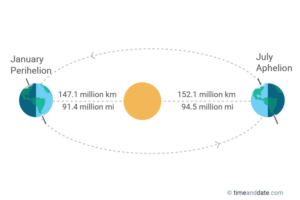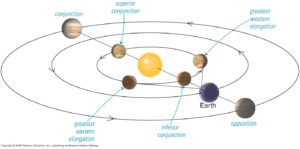Microorganisms will give you anything you want if you know how to ask them -Kin-ichiro Sakaguchi
OCEAN HABITATS
Click here to tour the ocean.
ऋषि उवाच
1. ok
2. कोणे नता पृथ्वी मुख्य कारणं । सूर्यात दूरी समुद्रः च गौण।
To discuss or suggest more experiments, LOG IN here.
MINERALS INSIDE OCEANS
Have
To understand in detail
For Learners:
DIYHA (do it yourself home activity):
BIO LUMINISCENCE
A chemical process which allows living beings to produce light
1. Click here to know the process
Visit
ऋषि उवाच
1. ok
2. कोणे नता
LEARNINGS FROM THE EXTREME MARINE LIFE
Do you know
1. The immortal Jelly Fish
http
http
3. How do Elephant seals dive down upto 2 km?
http
4. Can the antifreeze protein in the Patagonian toothfish save humans from frostbite?
http
5. How does Megamouth Shark survive hypoxia and frostbite at a depth of 4.5 km under the sea?
http



MICROBE PARTY ON OUR TONGUE
LOCATING STARS WITH R.A COORDINATES
LEADING ARTICLES
Do you know
1. Only 1/5th of the Ocean floor mapped by humans so far
When the Nippon Foundation-GEBCO Seabed 2030 Project was launched in 2017, only 6% of the global ocean bottom had been surveyed to what might be called modern standards.
That number now stands at 19%, up from 15% in just the last year. Some 14.5 million sq km of new bathymetric (depth) data was included in the GEBCO grid in 2019 – an area equivalent to almost twice that of Australia.
2. Lunar
ok
3. GEBCO-NF Alumni robots win ocean-mapping XPRIZE
A robotic boat and submersible have won the XPRIZE to find the best new technologies to map the seafloor.
The surface and underwater combo demonstrated their capabilities in a timed test in the Mediterranean, surveying depths down to 4km.
Put together by the international GEBCO-NF Alumni team, the autonomous duo are likely now to play a role in meeting the “Seabed 2030” challenge.
This aims to have Earth’s ocean floor fully mapped to a high standard.
4. Antarctica’s A-68: Is the world’s biggest iceberg about to break up?
The world’s biggest iceberg, A-68, just got a little smaller.
At around 5,100 sq km, the behemoth has been the largest free-floating block of ice in Antarctica since it broke away from the continent in July 2017.
But on Thursday, it dropped a sizeable chunk measuring about 175 sq km.
The iceberg is currently moving north from the Antarctic Peninsula. Having entered rougher, warmer waters – it is now riding currents that should take it towards the South Atlantic.
Prof Adrian Luckman, who’s been following A-68’s progress, said the new fracture could mark the beginning of the end of this icy giant.
5. Your tongue is basically a microbe party.
The human tongue is an essential component of our daily lives. After all, we wouldn’t be able to eat, taste, talk, sip, swallow, or even spit with the same level of precision as we do now without this organ. Despite this, our mouth’s main muscle remains somewhat of a mystery to scientists. Only recently have researchers begun to understand that there’s a whole ecosystem of bacteria—known as a microbiome—that call our mouths home. Now, researchers have been able to photograph this teeming microscopic community in more detail than ever before.
For Image Click Here.
QUIZ
Each of the following questions has four answer options: a, b, c, d. Choose the correct one.
1. If you are situated anywhere at the Tropic of Cancer then your shadow can never point in this direction:
(a) North
(b) East
(c) South
(d) West
2. Consider the
